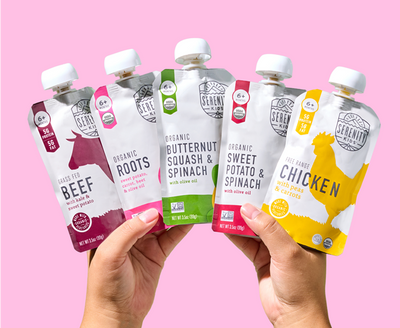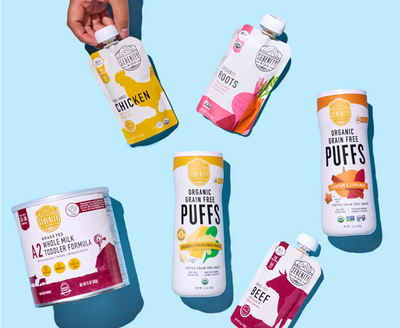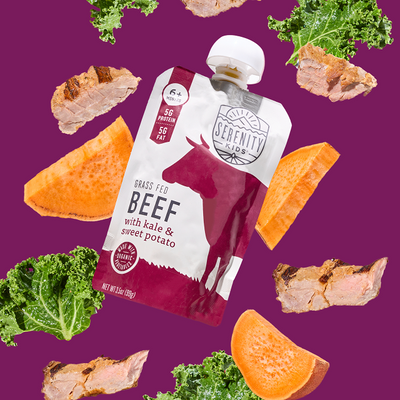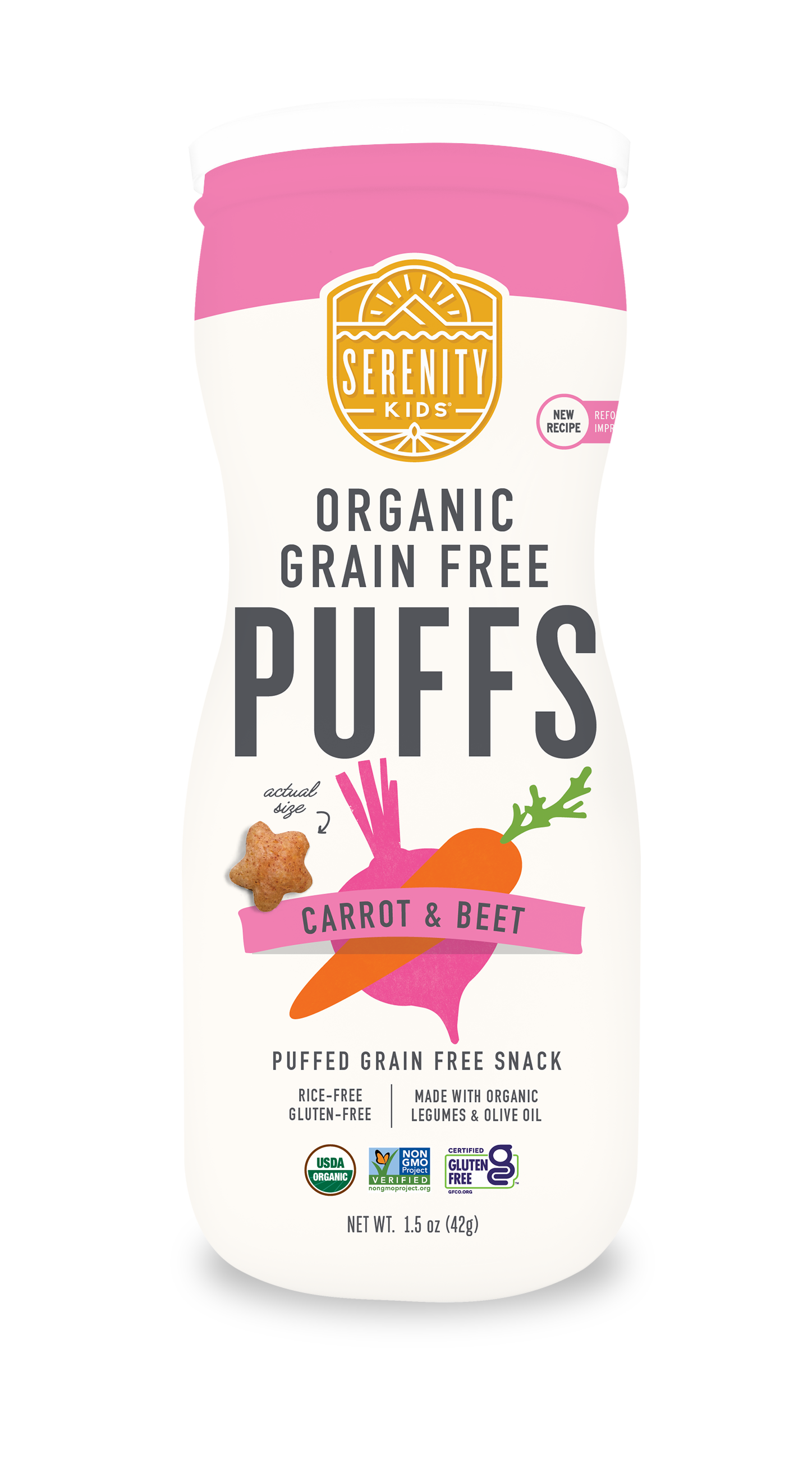What is AB899?
California Assembly Bill 899 (AB 899) is a bill designed to bring more transparency to the levels of potential contaminants in baby food products and to create a uniform standard for testing and reporting. AB 899 requires baby food companies that sell in the state of California to test and disclose the levels of four elements that may be present in baby food. These elements include arsenic, cadmium, lead, and mercury.
Gov. Gavin Newsom signed AB 899 in October 2023. At the start of 2024, companies selling baby food products in California were required to conduct monthly heavy metals testing on their products. Beginning in January 2025, companies have to disclose their testing results of each product’s specific lot number or batch number to customers on their website. The law requires companies to put a QR code on each product package that links customers to the product’s testing results. The law applies to products manufactured in January 2025 and beyond and does not retroactively apply.
Why does this matter?
According to the American Academy of Pediatrics (AAP), exposure to heavy metals can have serious consequences for children’s health by affecting brain development and the nervous system. Unsafe amounts of heavy metal exposure can appear in children as impaired cognitive function and behavior.
How you’ll see our results
Scanning the QR code on any Serenity Kids product will take you to an easy-to-navigate website where you can read about our standards and our approach to nutrition, as well as view test results for the batch of products you purchased. The results for each product will provide context as to how our results compare to the established action levels for each metal. In other words, you will be able to quickly understand whether or not your product contains a safe amount of heavy metals.
What are action levels?
An action level for heavy metals is essentially the estimation of a safe limit set by the FDA. The FDA states, “Just as fruits, vegetables, and grain crops readily absorb vital nutrients from the environment, these foods also take up contaminants, like lead, that can be harmful to health. The presence of a contaminant, however, does not mean the food is unsafe to eat. The FDA evaluates the level of the contaminant in the food and exposure based on consumption to determine if the food is a potential health risk. Although it is not possible to remove these elements entirely from the food supply, we expect that the recommended action levels will cause manufacturers to implement agricultural and processing measures to lower lead levels in their food products below the proposed action levels, thus reducing the potential harmful effects associated with dietary lead exposures.”
Action levels are measured in parts per billion (ppb). Parts per billion is a unit of measurement that describes the concentration of a substance (in this case, metals) in a larger substance (in this case, food). One part per billion means that for every billion units of a substance, there is one unit of the substance being measured. One ppb is the equivalent of one cent out of one billion dollars.
Heavy metals in food
Heavy metals are naturally occurring in the environment and food supply chain due to decades of pollution and contamination of our waters and soil. It’s nearly impossible to have a product that is completely free from metals unless it is highly processed and refined. However, while you cannot get to zero in everything you consume, it is important to ensure that your levels of consumption are within safe limits.
What you can do about heavy metals in foods
Since it isn’t possible to completely avoid heavy metals in yours and your baby's diet, here are some tips to help maintain low levels of consumption.
1. Eat a variety of foods
Variety in the diet is important for so many reasons. It helps ensure you are getting a variety of vitamins and minerals, it helps provide diverse sources of fiber to the microbiome, and for babies and toddlers in particular, it helps introduce a range of flavors and textures. In addition to all of this, eating a variety of fresh foods rather than focusing on large amounts of a few foods can help to balance your overall intake of heavy metals.
2. Get your vitamins
Certain nutrients can help manage the amount of heavy metals that are absorbed by the body. Aiming to avoid deficiencies in the following vitamins and minerals is a good idea for overall health and development:
-
Iron: sources include beef, bison, turkey, chicken, liver, green leafy vegetables like spinach and kale, peas, and lentils
- Vitamin C: sources include citrus fruit, tomatoes, peppers, broccoli, cauliflower, Brussels sprouts, strawberries, and kiwi.
- Zinc: sources include red meat, oysters, pumpkin seeds, cashews, and lentils
- Calcium: sources include milk, cheese, yogurt, green leafy vegetables, sesame seeds, and sardines (with bones).
3. Focus on nutrient density
Just because one product or food has lower levels of heavy metals doesn’t necessarily mean it is the better choice (within safe limits). Nutrient density matters, especially when it comes to feeding babies and toddlers with small bellies. Low levels of heavy metals should not come at the expense of high nutritional density. In other words, don’t just look at heavy metal test results, look at the ingredients and nutrition facts too. Babies need a diet rich in a variety of vitamins, minerals, fat, and protein to build healthy brains and bodies.
Information is power
We get that deciding what to feed your baby can already feel like a big responsibility, so adding another layer of analyzing heavy metal levels might feel like a lot. But here’s the good news: the transparency required by AB 899 can actually help by making it easier for you to get the information you need to make informed decisions.
Just by reading this and taking time to educate yourself, you’re already doing so much to support your baby’s lifelong health. You’ve got this!















































